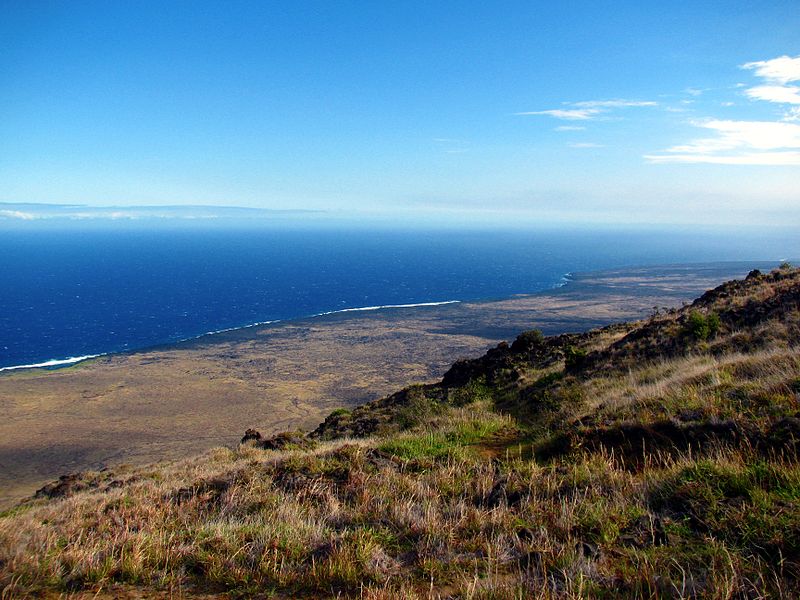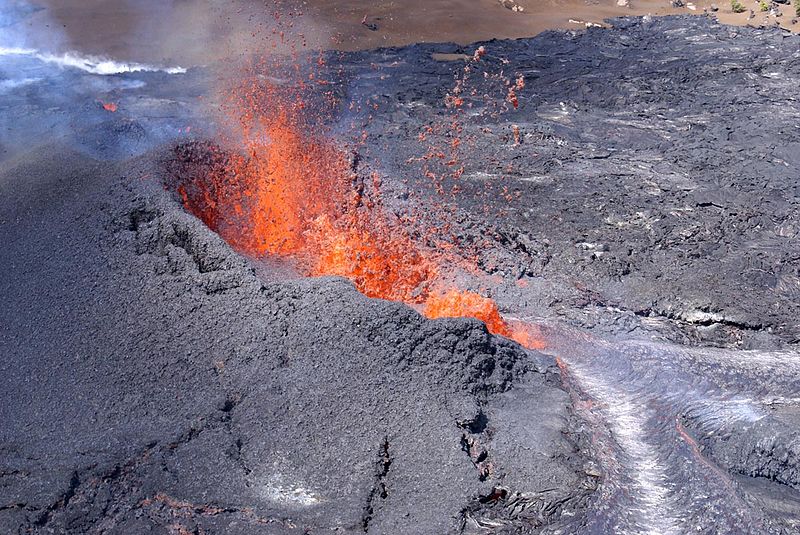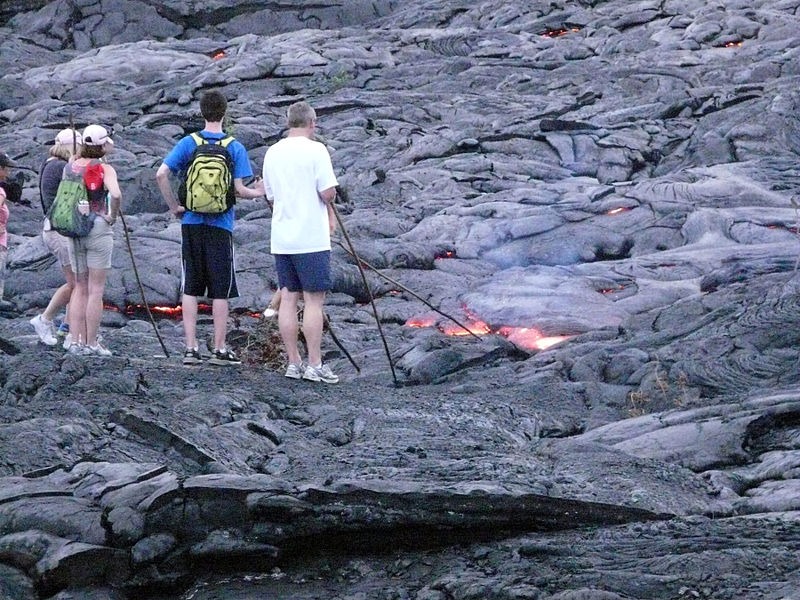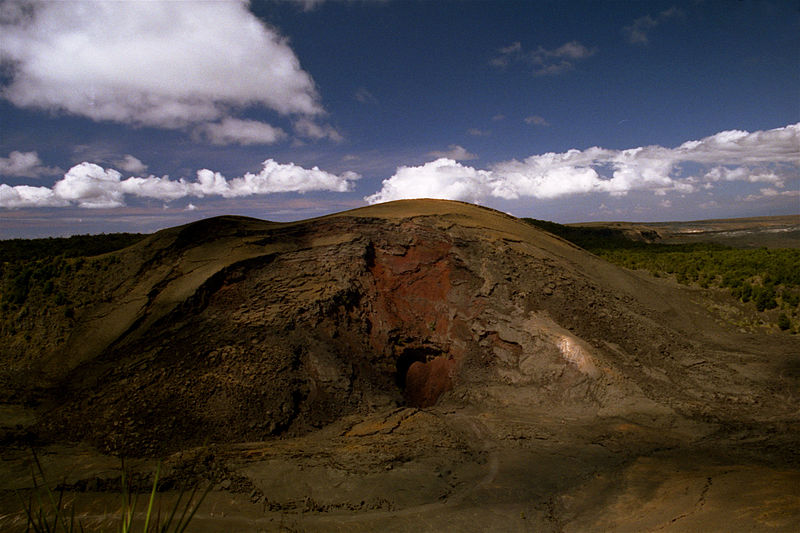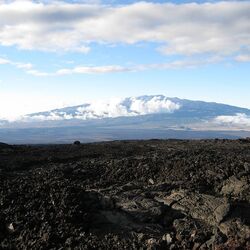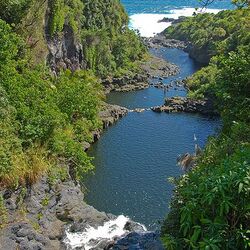Hawaiʻi Volcanoes National Park
Hawaiian Volcanoes National Park is a huge volcanic complex that covers 1,348 km2 of territory. It is located on the southeastern side of the island of Hawaii and has been on the UNESCO World Heritage Registers since 1987. The Hawaiian Volcanoes National Reserve vividly demonstrates the vivid volcanic processes that have been going on here for at least 70 million years. As a result of their activity, the soil of the Hawaiian Islands arose.
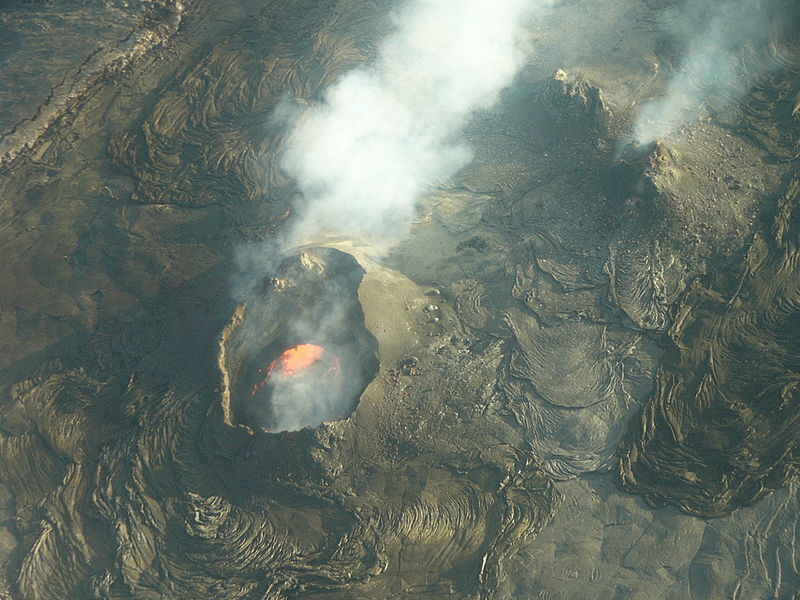
Since the 19th century, the Hawaiian Islands have attracted many tourists, not for their gorgeous beaches, but for the volcanoes that exist on their territory. This area is relatively safe for observing volcanic eruptions, which is quite a rare phenomenon worldwide.
The park area includes two of the brightest volcanoes in the world: Mauna Loa, which is the largest, and Kilauea, which is notable for its activity. Due to its uniqueness, as well as the dramatic landscapes, the volcanic park attracts more and more tourists to its territory every year.
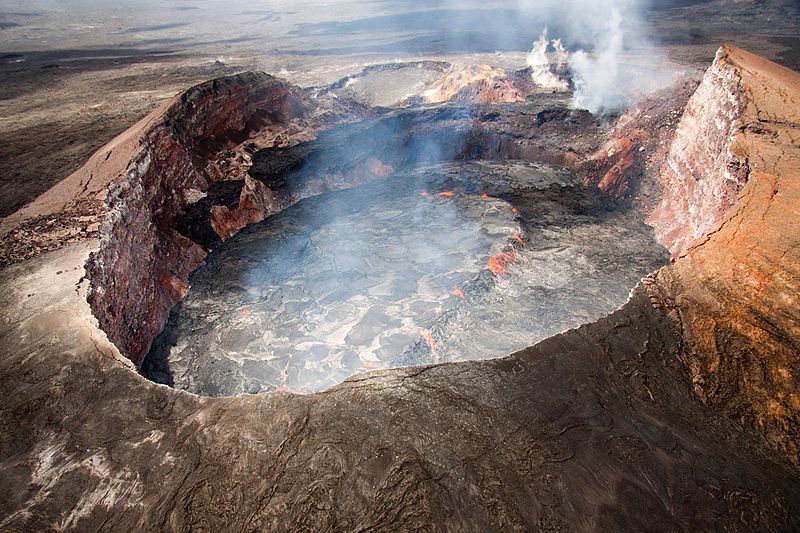
In the Hawaiian Volcanoes Park, you can observe the processes of active volcanoes, as well as encounter extinct ones that have long been hidden by green forests. There are areas here that are generously covered with frozen lava that has been gathering for millions of years.
Thanks to centuries-old volcanic processes in the depths of the ocean, a huge piece of land has formed, which is distinguished by its unique ecosystem. As for the climate of the park, it is quite diverse. There is also the burning Kau desert and impenetrable tropical forests.
The volcano, called Mauna Loa, is the largest volcano in the whole world, with the help of whose eruptions, most of the island's territory was formed. Kilauea volcano is very young, which is only about 100 years old. It has a fairly convenient location, which attracts many tourists who are happy to watch its bright flames.
Travelers are also interested in the local underground caves, which arose as a result of the solidification of one layer of lava above another. Somewhere only half of the entire park area is accessible for hiking, but the rest of the territory can be explored by car or by helicopter.
Hawaiian Volcanoes Park was rightfully awarded the status of an International Biosphere Reserve in 1980.


